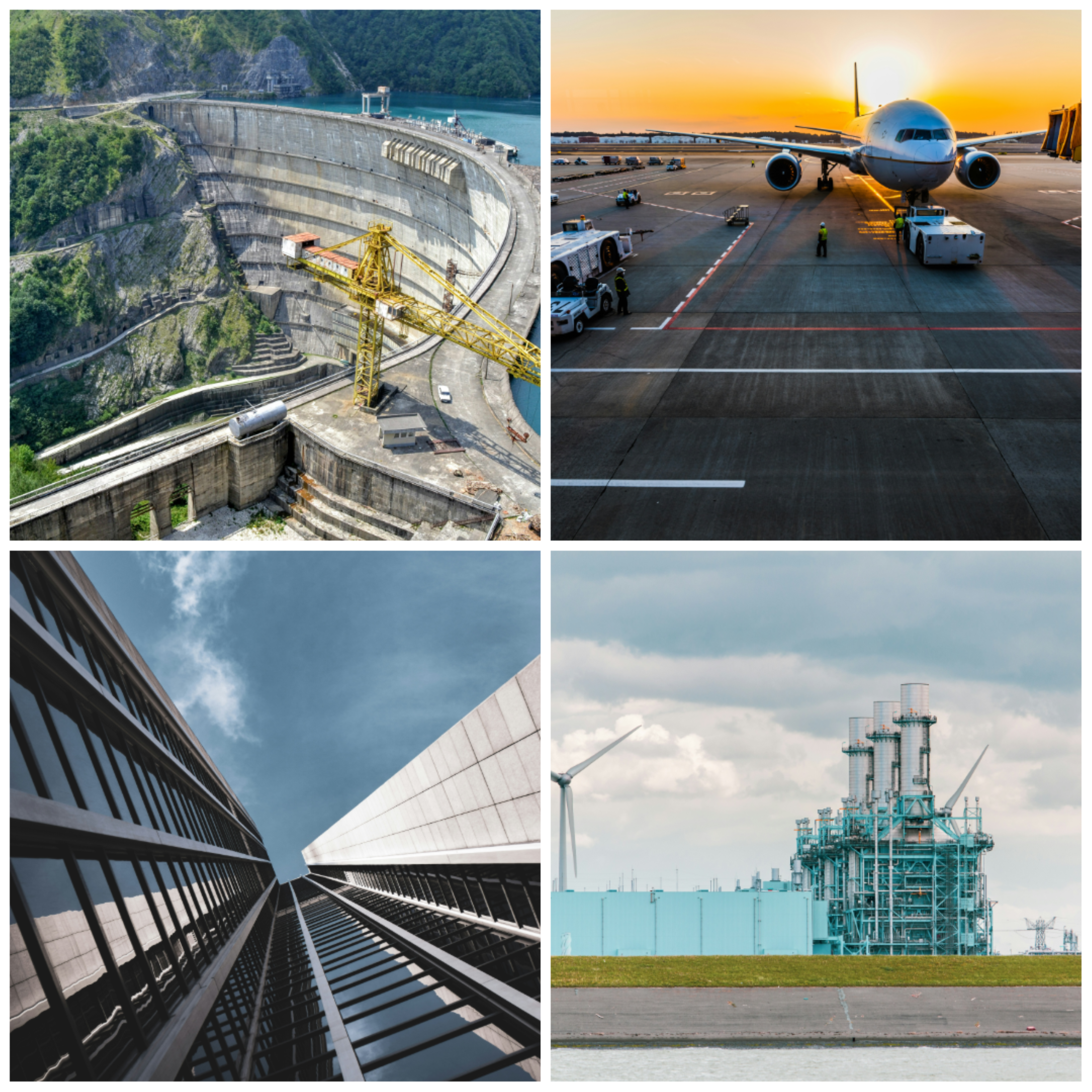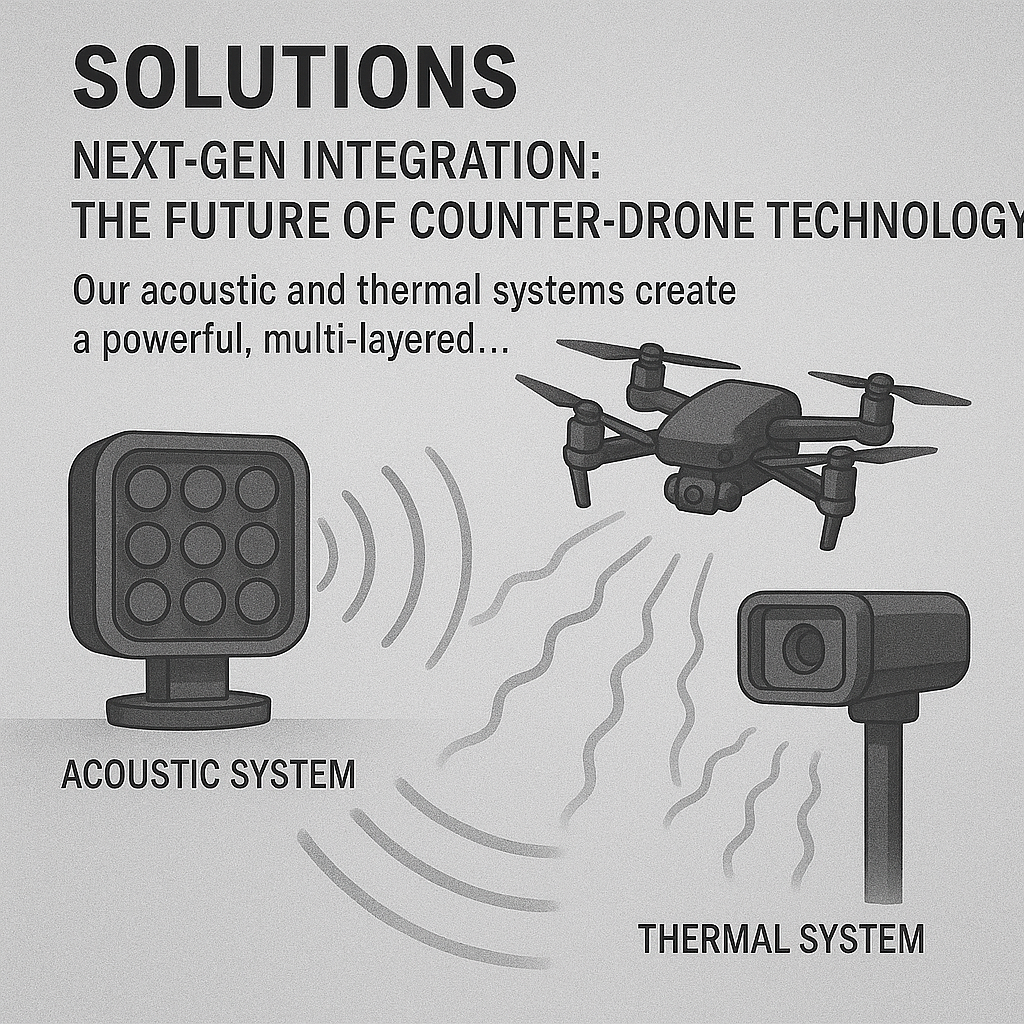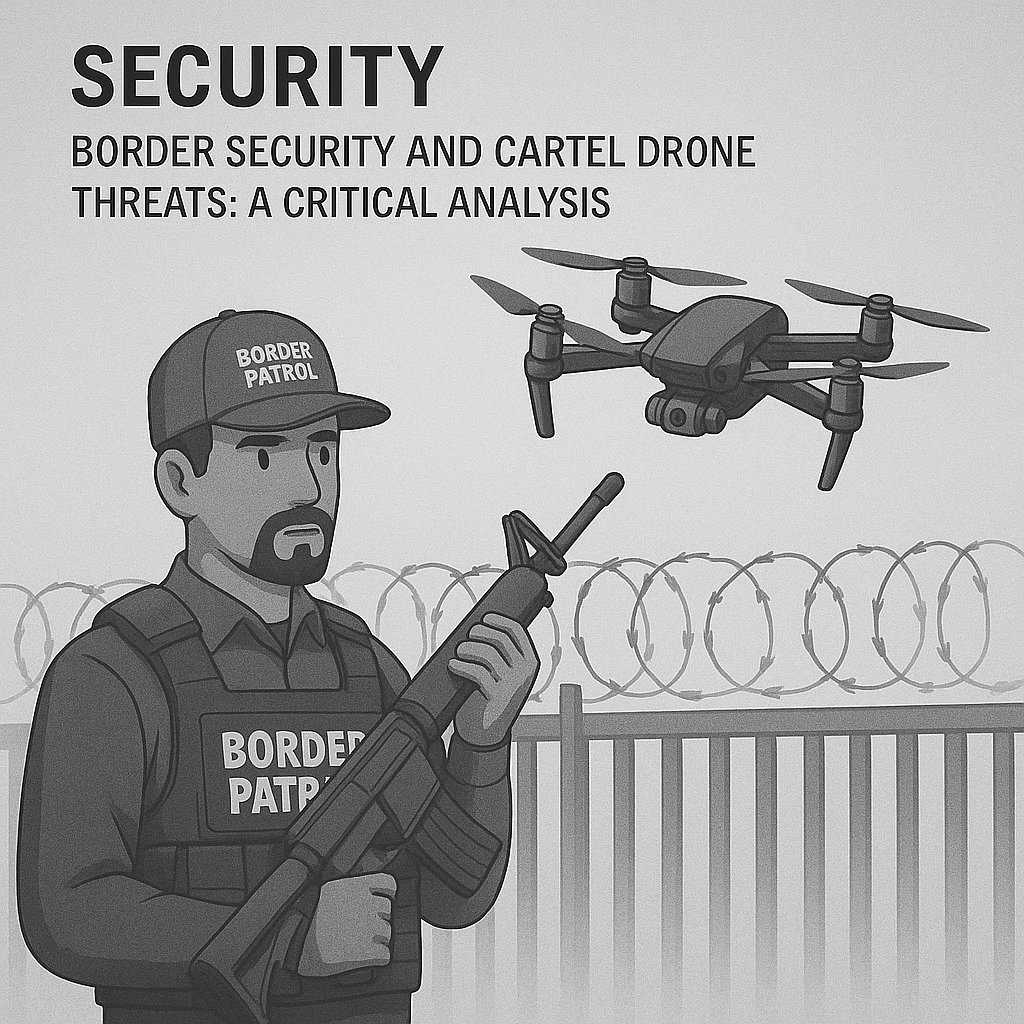
Critical infrastructure facilities represent high-value targets for both terrorist organizations and criminal actors seeking to disrupt essential services. The proliferation of drone technology has created new vulnerability vectors that require comprehensive protection strategies combining advanced detection systems, robust countermeasures, and coordinated response protocols.
Understanding the Critical Infrastructure Threat Landscape
Modern critical infrastructure faces unprecedented challenges from unmanned aerial systems (UAS) operating across the threat spectrum. From sophisticated surveillance operations to direct kinetic attacks, drones present multiple vectors for disrupting essential services and compromising national security interests.
Recent incidents worldwide demonstrate the vulnerability of critical infrastructure to drone-based threats. Airports have experienced significant disruptions from unauthorized drone operations, power generation facilities face reconnaissance and potential attack scenarios, and government buildings require protection against surveillance and direct threats.
Primary Infrastructure Targets:
- Transportation Hubs: Airports, seaports, and major transportation infrastructure
- Energy Sector: Power plants, electrical substations, and fuel storage facilities
- Government Facilities: Administrative buildings, military installations, and diplomatic missions
- Communication Networks: Data centers, telecommunications infrastructure, and broadcast facilities
- Water Systems: Treatment plants, reservoirs, and distribution networks
Airport Security: Lessons from Global Incidents
The aviation sector has witnessed numerous drone incidents that highlight both the vulnerabilities and the critical importance of comprehensive counter-drone systems. Major international airports have implemented sophisticated detection and mitigation strategies following costly disruptions.

Chicago O'Hare International Airport Case Study
Chicago O'Hare's implementation of multi-layered drone detection represents a benchmark for airport security systems. The deployment combines radar surveillance, acoustic detection arrays, and RF monitoring to provide comprehensive airspace protection.
System Components:
- Perimeter Radar Network: 360-degree coverage with 8-kilometer detection range
- Acoustic Sensor Arrays: Passive detection for stealth platforms
- RF Monitoring Systems: Communication intercept and pilot location
- Thermal Imaging Cameras: Visual confirmation and tracking
Research Analysis Targets:
- Research indicates potential for detecting hundreds of incidents annually
- Target: 99%+ incident resolution without operational disruptions
- Goal: Sub-60 second response time from detection to alert
- Objective: Minimize false alarms to prevent unnecessary disruptions
"The integration of multiple detection technologies provides the redundancy and reliability essential for airport operations. No single technology can address all threat scenarios, but comprehensive sensor fusion creates an effective protective umbrella."
Power Generation Facility Protection
Electrical power generation facilities present unique security challenges due to their critical importance to national infrastructure and their often remote or distributed locations. Drone threats to power facilities range from reconnaissance operations to direct attacks on critical components.
Threat Assessment for Power Facilities:
1. Reconnaissance Operations: Adversaries use drones to collect intelligence on facility layouts, security measures, and operational procedures. This information supports planning for more sophisticated attacks or identifies vulnerabilities for exploitation.
2. Physical Infrastructure Attacks: Drones carrying explosive payloads can target critical electrical equipment, transformers, and control systems. Even small explosive charges can cause significant damage to sensitive electrical components.
3. Cyber-Physical Attacks: Advanced threats may combine physical drone operations with cyber warfare techniques, using drones to deploy electronic warfare devices or gain physical access to secure network connections.
Specialized Detection Requirements:
Power generation facilities require detection systems adapted to challenging electromagnetic environments created by high-voltage equipment and large metal structures that can interfere with traditional radar systems.

Environmental Considerations:
- Electromagnetic Interference: High-voltage equipment creates complex RF environments
- Structural Clutter: Large metal structures affect radar propagation
- Remote Locations: Limited communication infrastructure and power availability
- Weather Exposure: Systems must operate in harsh environmental conditions
Government Facility Security Protocols
Government buildings and installations require sophisticated protection against surveillance, intelligence gathering, and direct attack scenarios. The sensitivity of operations conducted within these facilities demands the highest levels of security and threat detection capabilities.
Multi-Layered Security Architecture:
Effective government facility protection employs defense-in-depth strategies that provide multiple opportunities to detect, track, and neutralize drone threats before they can achieve their objectives.
Perimeter Defense Layer:
- Long-Range Radar: Early warning systems detecting threats at maximum distance
- Acoustic Monitoring: Passive detection arrays along facility perimeters
- RF Surveillance: Continuous monitoring of communication frequencies
- Ground-Based Sensors: Integration with existing physical security systems
Close-In Defense Layer:
- High-Resolution Tracking: Precise positioning for targeting systems
- Thermal Imaging: Visual confirmation and threat assessment
- Electronic Countermeasures: Jamming and spoofing capabilities
- Kinetic Intercept Systems: Physical neutralization options
Detection Technology Integration Strategies
Successful critical infrastructure protection requires careful integration of multiple detection technologies to address the diverse threat environment while minimizing false alarms and operational disruptions.
Sensor Fusion Methodologies:
Advanced fusion algorithms combine data from multiple sensor types to create comprehensive threat pictures that exceed the capabilities of individual technologies. These systems utilize artificial intelligence to process complex data streams and provide accurate threat assessment.
AI-Powered Decision Support:
- Threat Classification: Automated identification of drone types and threat levels
- Trajectory Prediction: Forecasting potential target areas and intercept points
- Response Optimization: Selecting appropriate countermeasures based on threat assessment
- False Alarm Reduction: Sophisticated filtering to minimize operational disruptions
Regulatory Compliance and Coordination
Critical infrastructure protection must operate within complex regulatory frameworks that govern airspace management, electronic warfare, and coordination with law enforcement agencies.
Key Regulatory Considerations:
- Federal Aviation Administration (FAA): Airspace authorization and coordination requirements
- Federal Communications Commission (FCC): RF spectrum usage and interference limitations
- Department of Homeland Security (DHS): Critical infrastructure protection guidelines
- Local Law Enforcement: Response coordination and evidence preservation
Cost-Benefit Analysis for Infrastructure Protection
Investment in comprehensive counter-drone systems requires careful analysis of costs versus potential consequences of successful attacks. The economic impact of infrastructure disruption often justifies significant security investments.

Economic Impact Assessment:
Airport Disruptions: Single drone incidents can cost millions in delayed flights, passenger compensation, and operational disruptions. Investment in prevention systems typically pays for itself within months of avoiding major incidents.
Power Grid Attacks: Attacks on critical electrical infrastructure can affect millions of customers and cost billions in economic damage. The relatively modest cost of detection systems provides exceptional return on investment.
Government Operations: Disruption of government facilities can have national security implications that extend far beyond direct economic costs, making comprehensive protection essential regardless of expense.
System Lifecycle Costs:
- Initial Deployment: Equipment procurement and installation costs
- Training and Certification: Personnel training for system operation and maintenance
- Ongoing Operations: Monitoring, maintenance, and system updates
- Technology Refresh: Periodic upgrades to maintain effectiveness against evolving threats
Emergency Response and Coordination Protocols
Effective infrastructure protection requires well-developed response protocols that enable rapid coordination between security personnel, facility management, and external agencies.
Response Phase Planning:
Detection Phase: Immediate alert generation and initial threat assessment to determine appropriate response level and required resources.
Tracking Phase: Continuous monitoring of threat movement and behavior to predict intentions and optimize response strategies.
Mitigation Phase: Implementation of appropriate countermeasures ranging from verbal warnings to active neutralization depending on threat assessment.
Recovery Phase: Post-incident analysis, evidence collection, and system restoration to normal operational status.
Future Technology Trends and Adaptations
Critical infrastructure protection systems must evolve continuously to address emerging threats and incorporate advancing technologies. Future developments will focus on improved automation, enhanced AI capabilities, and integration with broader security ecosystems.
Emerging Technologies:
- Quantum Radar Systems: Enhanced detection capabilities against stealth platforms
- Edge AI Processing: Reduced latency and improved decision-making speed
- Mesh Networking: Resilient communication networks for distributed sensor arrays
- Autonomous Response Systems: Reduced human intervention requirements for routine threats
Training and Human Factors
Technology alone cannot ensure effective infrastructure protection. Human operators require comprehensive training to effectively utilize sophisticated detection systems and make appropriate decisions under pressure.
Training Program Components:
- System Operation: Technical proficiency in detection system operation and maintenance
- Threat Recognition: Understanding of drone capabilities and attack methodologies
- Response Protocols: Standardized procedures for different threat scenarios
- Coordination Skills: Effective communication with multiple agencies and stakeholders
International Best Practices and Cooperation
Critical infrastructure protection benefits from international cooperation and sharing of best practices, particularly as threats increasingly transcend national boundaries.
Global Cooperation Initiatives:
- Information Sharing: Threat intelligence and attack pattern analysis
- Technology Standards: Interoperability requirements for multinational operations
- Training Exchanges: Personnel exchange programs and joint training exercises
- Research Collaboration: Joint development of advanced protection technologies
Conclusion
Protecting critical infrastructure from drone threats requires a comprehensive approach that combines advanced detection technologies, robust countermeasures, well-trained personnel, and effective coordination protocols. The investment in these capabilities is justified by the potential consequences of successful attacks and the critical importance of maintaining essential services.
As drone technology continues to evolve, infrastructure protection systems must adapt through continuous innovation, regular updates, and ongoing training programs. The integration of artificial intelligence, multi-sensor fusion, and automated response capabilities provides the foundation for effective protection against current and emerging threats.
Success in critical infrastructure protection depends on viewing security as a comprehensive ecosystem rather than individual technologies. By combining technological capabilities with human expertise and inter-agency cooperation, critical infrastructure operators can maintain the security and reliability essential for national and economic security.
